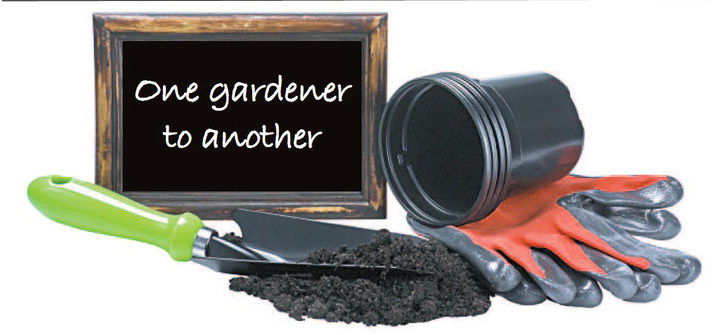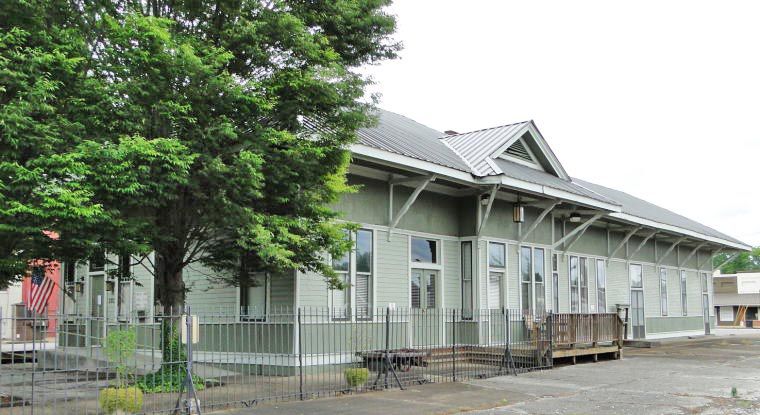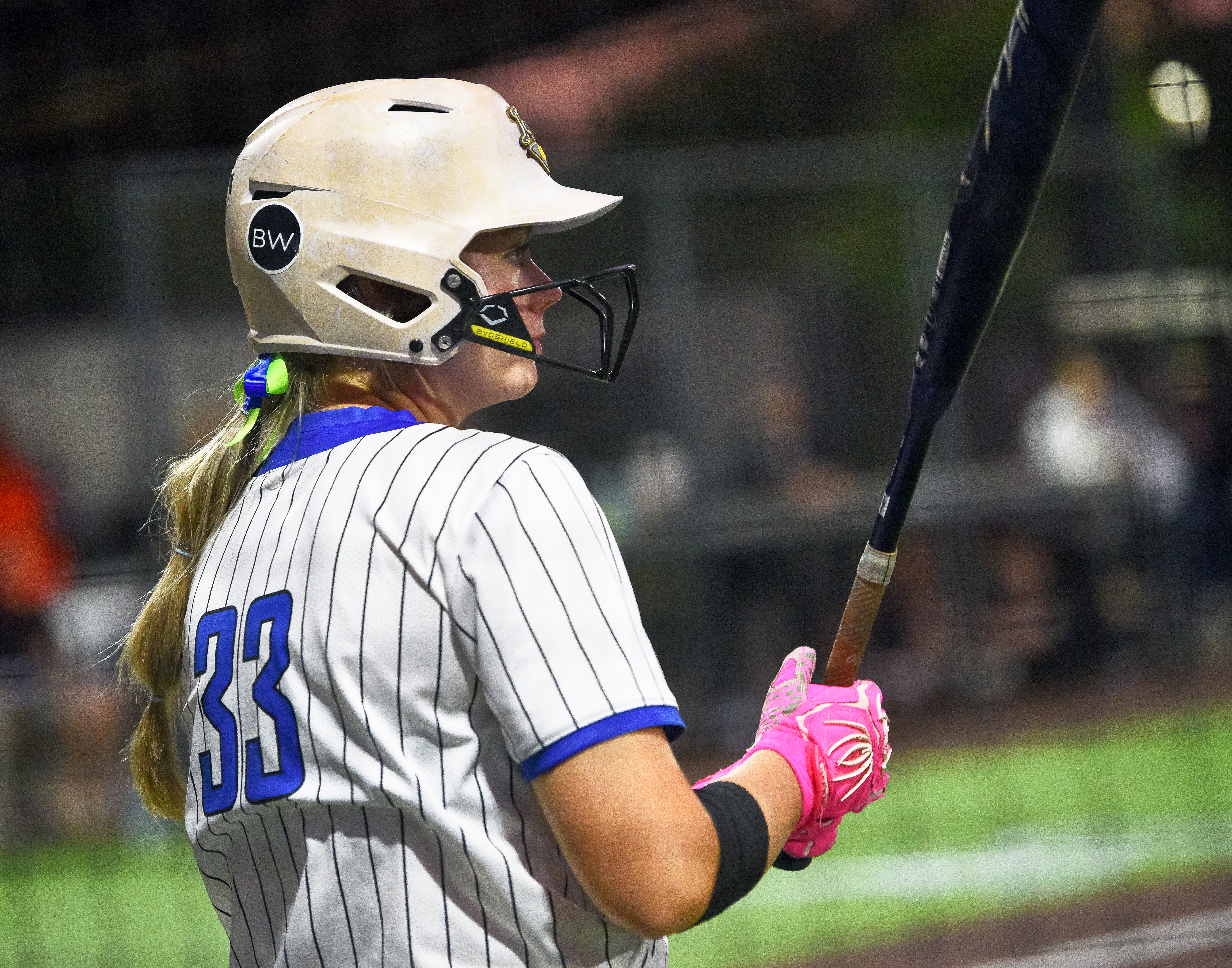ONE GARDENER TO ANOTHER: Perennials need TLC to keep them thriving
Published 6:45 am Monday, September 16, 2019

- One Gardener to Another
Not to bash annual plants, but perennials are where it’s at.
Don’t get me wrong, I buy a fair number of annuals each year. I adore wave petunias interspersed with geraniums spilling from window boxes, impatiens in my shade areas, and zinnia, moss rose, marigolds and verbena in containers and highlighting garden spaces around my home. But at the end of the day, or more aptly, the season, they all go away.
Perennials, by definition, persist for many years on the same root system, returning each year. If planted by design, they can provide color and interest all through the year. So, does that mean once we have successfully planted a perennial we can leave it to bloom and grow without any further care? Nope.
Like any plant, perennials need a little tender loving care to thrive and to keep their beds looking good. The following are a few routine tasks.
Water
Water after planting and during the first season while the plants are becoming established. Afterward, water up to 1-inch per week during the growing season if there is not adequate rainfall.
Weed control
Be diligent about weed control, especially in the first few years. Perennial weeds are sometimes tough to get rid of and will continue to reappear, especially if there is ground that is bare. They sometimes have extensive root systems or deep taproots. When hand pulling, do your best to get the entire root system. Mulching should control any annual weeds.
Foliage
Cut dead foliage to the ground after the first hard freeze. This can be done later, but it is best to cut back old foliage before new growth begins in spring. Marginally hardy perennials benefit from a cover of pine straw over the crowns to prevent heaving and frost damage.
Fertilize perennials in spring according to soil test results. A complete fertilizer, one that provides equal percentages of the three primary plant nutrients such as 10-10-10, can be applied at a rate of 2 to 3 pounds (4 to 6 cups) per 100 square feet (10 foot by 10 foot). If growth is poor, additional fertilizer can be applied during midsummer at a rate of 1 1/2 to 2 pounds (3 to 4 cups) per 100 square feet. Do not fertilize perennials in fall.
Division
Most perennials will become overcrowded and require division in about three to five years. Dividing or splitting perennials helps the plant perform better and manages the size of the plant. Splitting perennials not only helps with the vigor of the plant, but it also gives you more plants to expand, use elsewhere or share with a friend. Signs that it is time to divide include poor flowering and the center crown starting to die out.
Divide fall blooming perennials in spring and spring and summer blooming perennials in the fall. Do not divide plants while they are in bloom. If the ground is dry, water the soil the day before you will be digging. Dig up the entire plant using a shovel or garden fork. Separate the plant by gently pulling roots apart or, if necessary, cut with a sharp knife. Divisions should have at least three to five shoots or growing points along with a good clump of healthy roots. Keep divisions shaded and moist until they are replanted.
Best bets
A few perennials that work well in the Alabama garden are:
• Balloon flower produces puffy balloon-like flowers that bloom in the summer. They are a long-lived, durable perennial that appreciates light shade during the hottest part of the day. Taller varieties may require support; dwarf varieties grow to 8 to 10 inches;
• Blanket flower is well-suited for sandy soils with limited moisture and full sun exposure. They are a short-lived perennial that blooms throughout the summer. Cultivars grow as short as 12 inches or as tall as 30 inches;
• Bleeding heart are great for shaded areas with adequate soil moisture. They grow to 1 to 3 feet tall and produce long, thin stalks with heart-shaped pink flowers that bloom in spring;
• Butterfly weed blooms in late spring. Brilliant orange clusters of flowers attract butterflies and hummingbirds. They do well in dry, sandy sites;
• Canna lilies produce large tropical leaves and iris-like flowers in various colors. They grow well in rich, well-drained soil in full sun or part shade. Bloom time is midsummer;
• False blue indigo produces pea-like flowers that bloom in late spring. The blueish to grey-green leaves emerge early in spring and grow into a bush of approximately 3 to 4 feet tall and wide. Plant in full sun and well-drained soil. Once established, they tolerate heat and drought;
• Lenten rose blooms between February and March and persists for 8 to 10 weeks. They grow best in shade or partial shade. Plants are slow growing. They produce leathery, dark green evergreen leaves. Flowers are white with lavender shading fading to green;
• Rose mallow grows 3 to 8 feet tall producing magnificent 6- to 12-inch flowers in various colors. They bloom from early summer to fall. Confederate rose is also a large plant, up to 10 feet, with flowers that change color from white or pink to red as they age; and
• Stoke’s Aster is one of the hardiest evergreen perennials grown in Alabama. They like full sun but will grow in partial shade. They tolerate dry conditions. Plants will bloom sporadically from May through October.
Once established, perennial gardens provide continuing beauty and interest with just a little maintenance. Until next week, happy gardening.
— Irland, a member of the Limestone County Master Gardeners, can be reached at kippirland@hotmail.com. For more information on the Limestone County Master Gardeners, visit http://mg.aces.edu/limestone.





